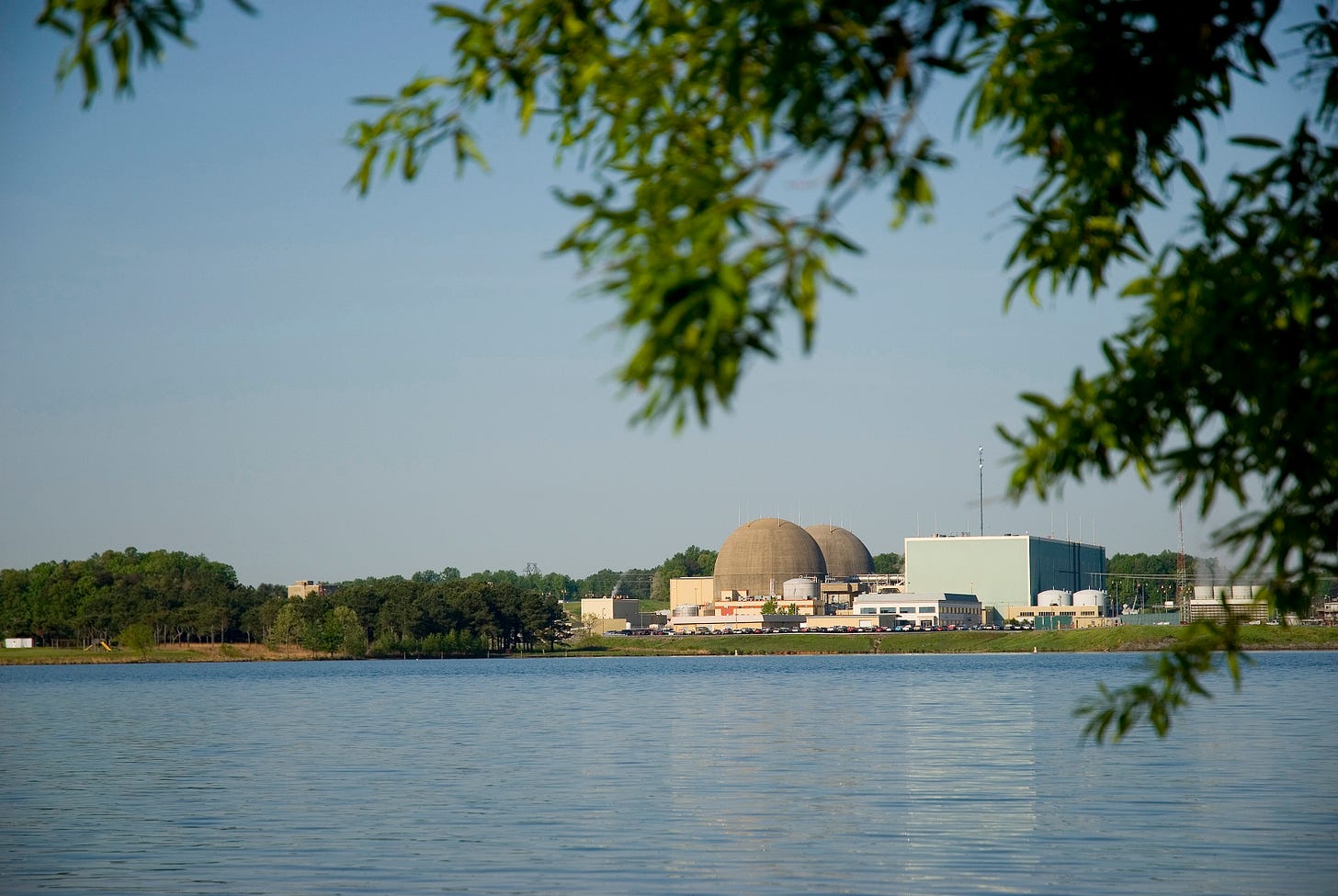ENVIRONMENTAL CENTS: Backing Up Renewable Energy
What to do with excess solar, wind, and nuclear energy.
By Bruce Saller
COLUMNIST

The biggest problem in transitioning to 100% green energy is what to do when there is not enough solar and wind energy being generated. The inverse problem also needs to be addressed—what to do with excess solar, wind and nuclear energy.
The capacity of a generating plant is described by how much power it can produce, either in millions of watts, Mega-Watts (MW), or billions of watts, Giga-Watts (GW). The capacity of an energy storage system is described by how much energy it can hold in Mega-Watt-Hours (MWH) or Giga-Watt-Hours (GWH).
A storage facility is normally sized to provide power during summer peak hours (3-4 hours), so a 100 MW plant would have a 300-400 MWH storage facility.
Battery Storage Systems are a common solution, having an 80% net efficiency and average cost of $165 per KWH. The Department of Energy reports the average cost to build a 100 MW solar plant is $120M. Adding 400 MWH of battery storage would cost $66M, bringing the total to $186M. The battery storage cost can be reduced 30-50% using recycled batteries bringing the cost down to $133M-$146M.
Another solution being implemented is using hydrogen in gas turbines to produce electricity. As with any type of power generation, they are pros and cons to using hydrogen. Most existing natural gas turbines can be modified to burn varying mixtures of hydrogen and natural gas, up to using 100% hydrogen. This allows hydrogen to be phased in as supplies increase.
On the con side, there is currently no significant production, transport or storage infrastructure for hydrogen on the east coast. Hydrogen is used in the petrochemical industry and 95% of it is produced by reforming natural gas with water or oxygen into hydrogen and carbon dioxide. Using this hydrogen in a fuel cell electric vehicle results in a 50% reduction of greenhouse gases, but there is no reduction when it is burned in a turbine.
Another option is to use electricity to separate water into hydrogen and oxygen (hydrolysis). Duke Energy is constructing a solar plant in Florida which will use a portion of its output to power two hydrolysis units. A gas turbine at the site has been modified to run on up to 100% hydrogen, and will use the stored hydrogen to generate electricity during peak demand. We should have some performance information on this system next year.
Converting electricity to hydrogen using electricity is about 70-80% efficient but new methods have achieved 95% efficiency. Converting hydrogen back to electricity has the same efficiency as a natural gas turbine (50-60%), resulting in total efficiency between 35-57%. This option makes sense if the hydrolysis units are powered by green energy and they are near the power plant.
I could not find any cost data on upgrading turbines to use hydrogen, but found a study showing a new hydrogen-natural gas turbine would cost 8.5% more than a standard natural gas turbine.
The Department of Energy estimates the cost of an electrolysis plant is between $1500 - $2500 per KW. The size of the plant depends upon how long and often the turbine needs to run, and the time available to produce the hydrogen. Using the same four backup hours for peak hours, and allowing eight hours for producing hydrogen, we would need a 50 MW electrolysis plant costing $75-$125M to support a 100 MW turbine.
So, battery systems, especially with recycled batteries, are currently the better storage solution until there is excess green energy. We should prepare for future hydrogen use by ensuring any new turbines are able to burn natural gas and hydrogen.
Local Obituaries
To view local obituaries or to send a note to family and loved ones, please visit the link that follows.
Support Award-winning, Locally Focused Journalism
The FXBG Advance cuts through the talking points to deliver both incisive and informative news about the issues, people, and organizations that daily affect your life. And we do it in a multi-partisan format that has no equal in this region. Over the past year, our reporting was:
First to break the story of Stafford Board of Supervisors dismissing a citizen library board member for “misconduct,” without informing the citizen or explaining what the person allegedly did wrong.
First to explain falling water levels in the Rappahannock Canal.
First to detail controversial traffic numbers submitted by Stafford staff on the Buc-ee’s project
Our media group also offers the most-extensive election coverage in the region and regular columnists like:
And our newsroom is led by the most-experienced and most-awarded journalists in the region — Adele Uphaus (Managing Editor and multiple VPA award-winner) and Martin Davis (Editor-in-Chief, 2022 Opinion Writer of the Year in Virginia and more than 25 years reporting from around the country and the world).
For just $8 a month, you can help support top-flight journalism that puts people over policies.
Your contributions 100% support our journalists.
Help us as we continue to grow!
This article is published under Creative Commons license CC BY-NC-ND. It can be distributed for noncommercial purposes and must include the following: “Published with permission by FXBG Advance.”













